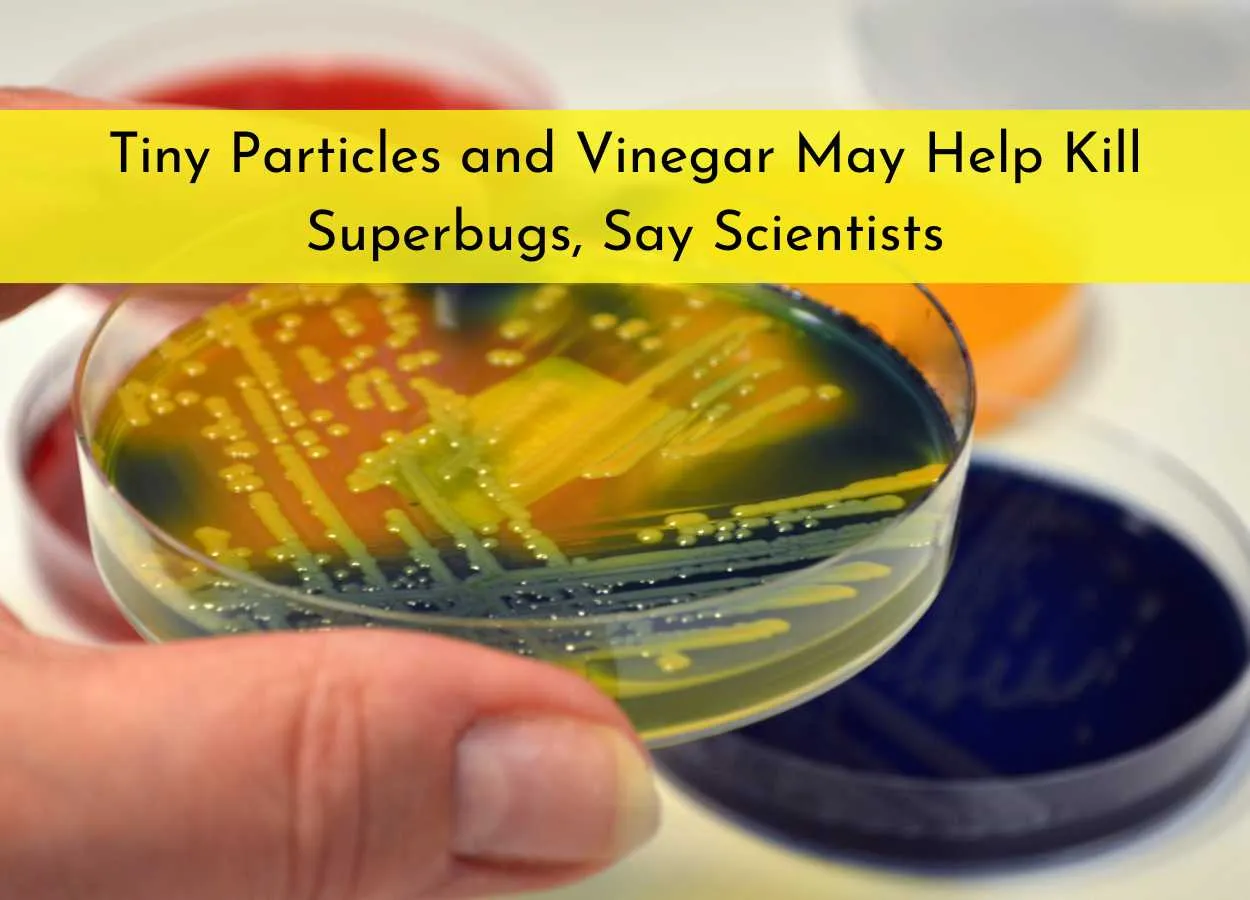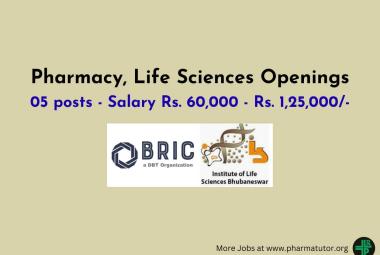A new study has found that a simple kitchen ingredient — vinegar — can become a powerful germ killer when mixed with special microscopic particles. Scientists have discovered that this new combination could help fight dangerous bacteria that no longer respond to regular antibiotics. The research was published in ACS Nano, a journal by the American Chemical Society.
Antibiotic resistance is one of the biggest health problems in the world. Many bacteria have learned to survive medicines that once killed them easily. Because of this, doctors and scientists are searching for new ways to treat infections. In this study, researchers found that combining weak acetic acid (the main ingredient in vinegar) with cobalt-doped carbon quantum dots, very tiny particles made of carbon and cobalt, can kill even the toughest bacteria.
The science behind this is simple but smart. The vinegar makes the environment around the bacteria slightly acidic. This weakens the bacteria’s protective walls, making them easier to attack. At the same time, the carbon quantum dots enter the bacteria and cause tiny chemical reactions that damage their insides. Together, they create a double attack that destroys the bacteria quickly and effectively.
In early experiments, the mixture killed several types of harmful bacteria, including those that resist antibiotics. Even more impressive, when tested on infected wounds in mice, the treatment removed the bacteria without slowing down the natural healing process. This shows that the method could be safe for living tissues and might one day be used on human wounds or skin infections.
This new discovery gives hope in the global fight against antibiotic resistance. Every year, millions of people around the world suffer from infections that no longer respond to medicines. Finding new, simple, and safe solutions, especially ones made from common materials like vinegar, could save many lives and reduce the need for strong, expensive antibiotics.
The researchers say more testing is needed before this can be used in hospitals or homes. They plan to study how the treatment works in more detail and to make sure it is completely safe for humans. But the results so far are very encouraging. With more research, this tiny mix of vinegar and nanoparticles could become a big step forward in modern medicine.








